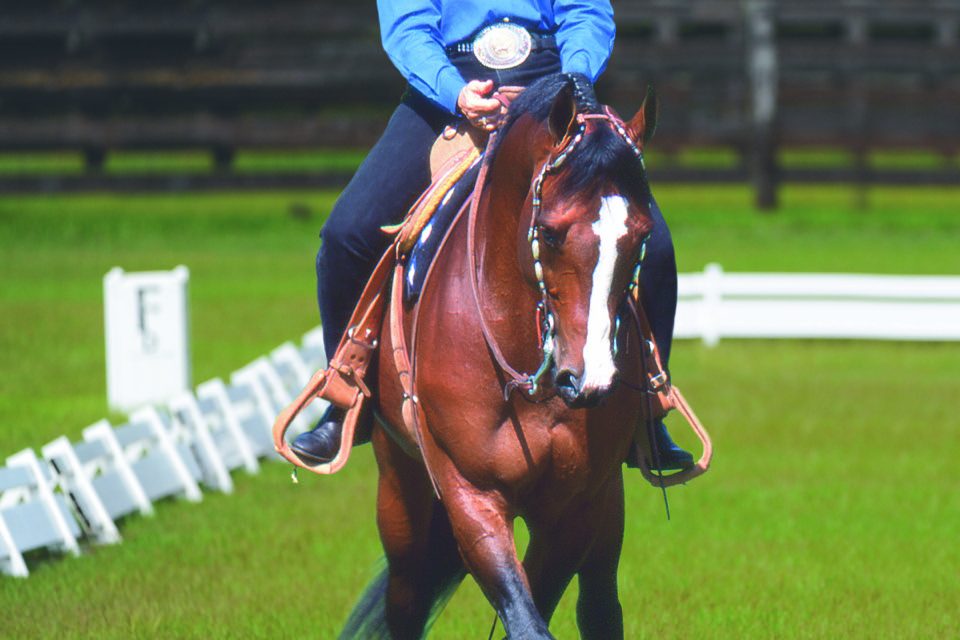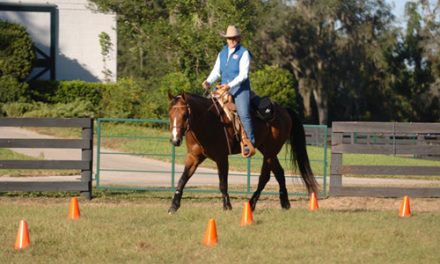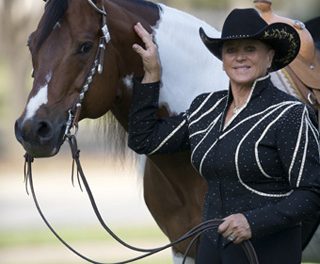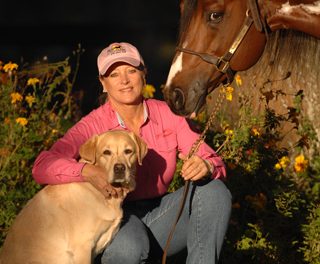Palm Partnership Training™
Building a Partnership with your Horse
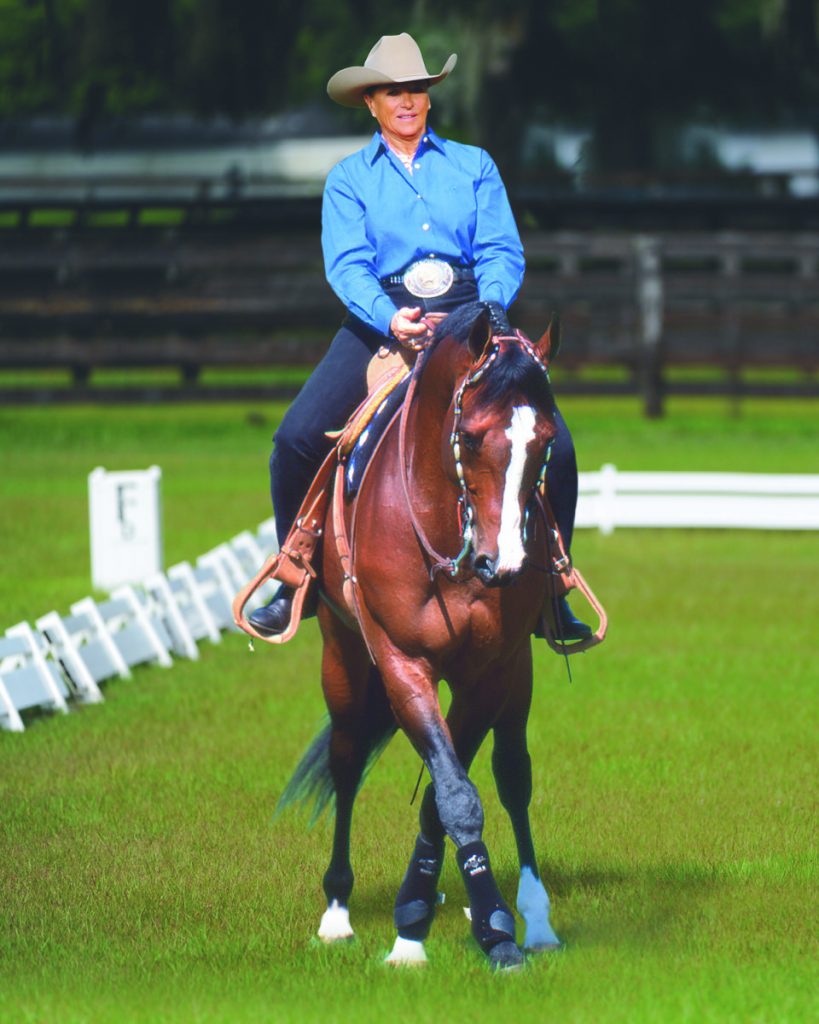
The Half Pass is the most advanced lateral movement you can train a horse to do. I love
the Half Pass; not only is it elegant, it’s also so fun to ride.
To define a Half Pass, the horse moves forward and sideways at the same time.
The horse must be bent in the direction of travel, and the movement is done on a diagonal
track.
In Traditional Dressage competition you will find the Half Pass either at the
collected trot or the collected canter. In Western Dressage you will find the Half Pass at
the collected jog and the collected lope. In Traditional Dressage the Half Pass is required
in the 4th level and continues to the Grand Prix level. In Western Dressage you will find
it in Levels 4 & 5.
In order to successfully accomplish the Half Pass, you must respect the ladder of
lateral work to train your horse:
- Yielding
- Turn on the Haunches
- Shoulder In
- Ravers
- Travers
- Half Pass
As you advance towards your horse performing the Half Pass, the movement
advances by creating more bend through the horse’s entire body, and the steps cover a
longer stride laterally in the movement. Lateral movement is a necessity in developing
your horse’s correct collection.
Half Pass is also a great training movement necessary to perform canter
pirouettes.
What are the aid sequences necessary to perform a Half Pass?
To create the bend in your horse, it is the same at any level.
- Inside leg aid creates the body of the horse to make an arc.
- The inside rein flexes the head inward, without bending the neck.
- The outside rein lies against the horse’s neck to keep the horse straight
and aligned. - The outside leg encourages the horse to bend the body around the inside
leg. - The outside leg asks for the Half Pass movement, while the other aids
keep managing the horse in keeping the bend and staying aligned, not allowing
the front legs or hind legs to lead and be crooked. - The horse bends, stays straight in his body, allowing the legs to swing
sideways; therefore creating the lateral movement.
I have DVD’s that will help teach your horse all the lateral movements. In
Dressage Principles for the Horse and Rider Volume 2, I show all the lateral movements
listed above both in a Dressage Saddle and a Western Saddle!
Remember: A horse is a horse. To do the Half Pass movement correctly, it‘s all
about the correct position and balance of the horse. The saddle or the breed of the horse
do not matter.
- Palm Equestrian Academy generalinfo@lynnpalm.com 352-362-7847
- Cyril and Lynn offer clinics throughout the country and abroad as well as
online coaching. Join them on their teaching tours or their Palm Equestrian Academy
European Journeys.

